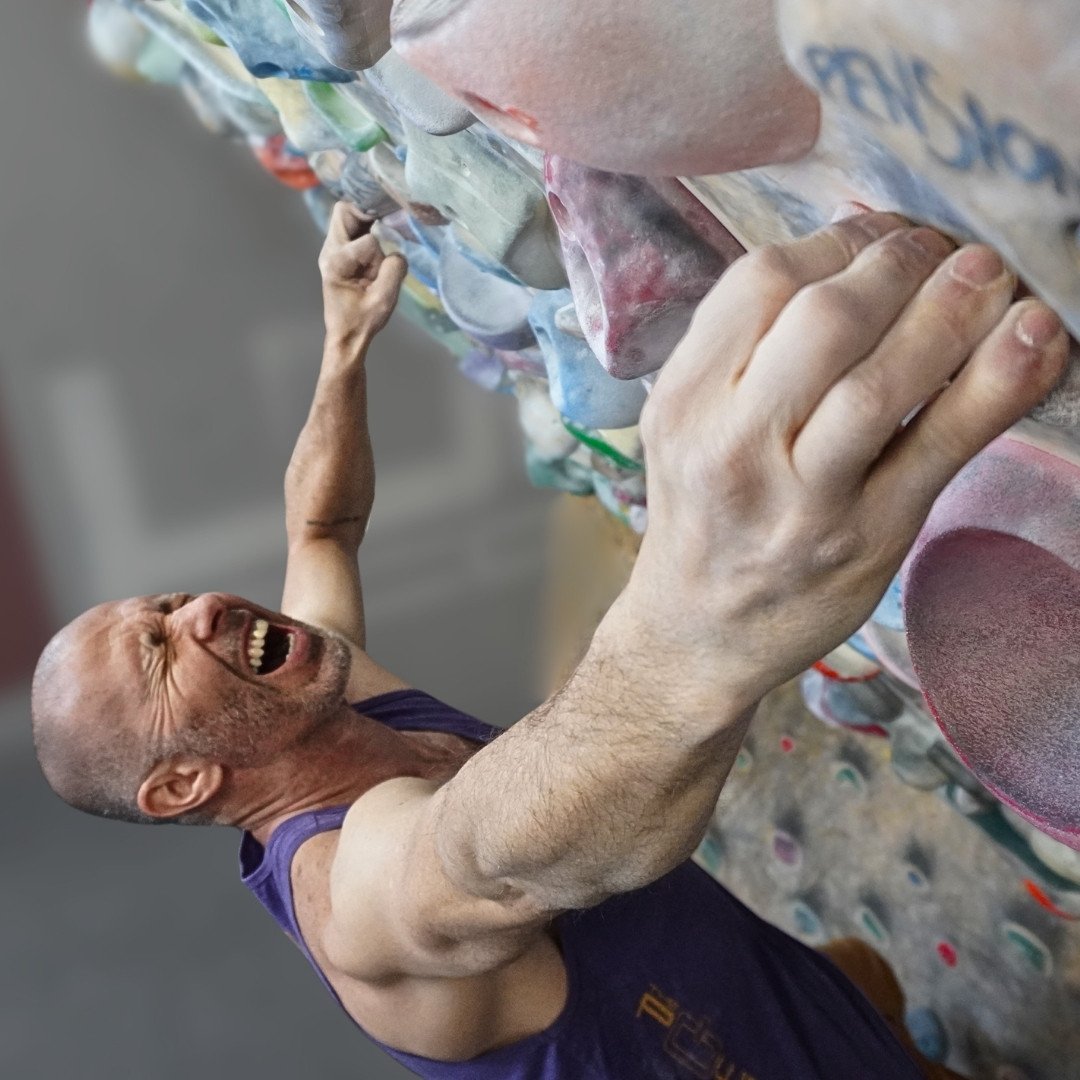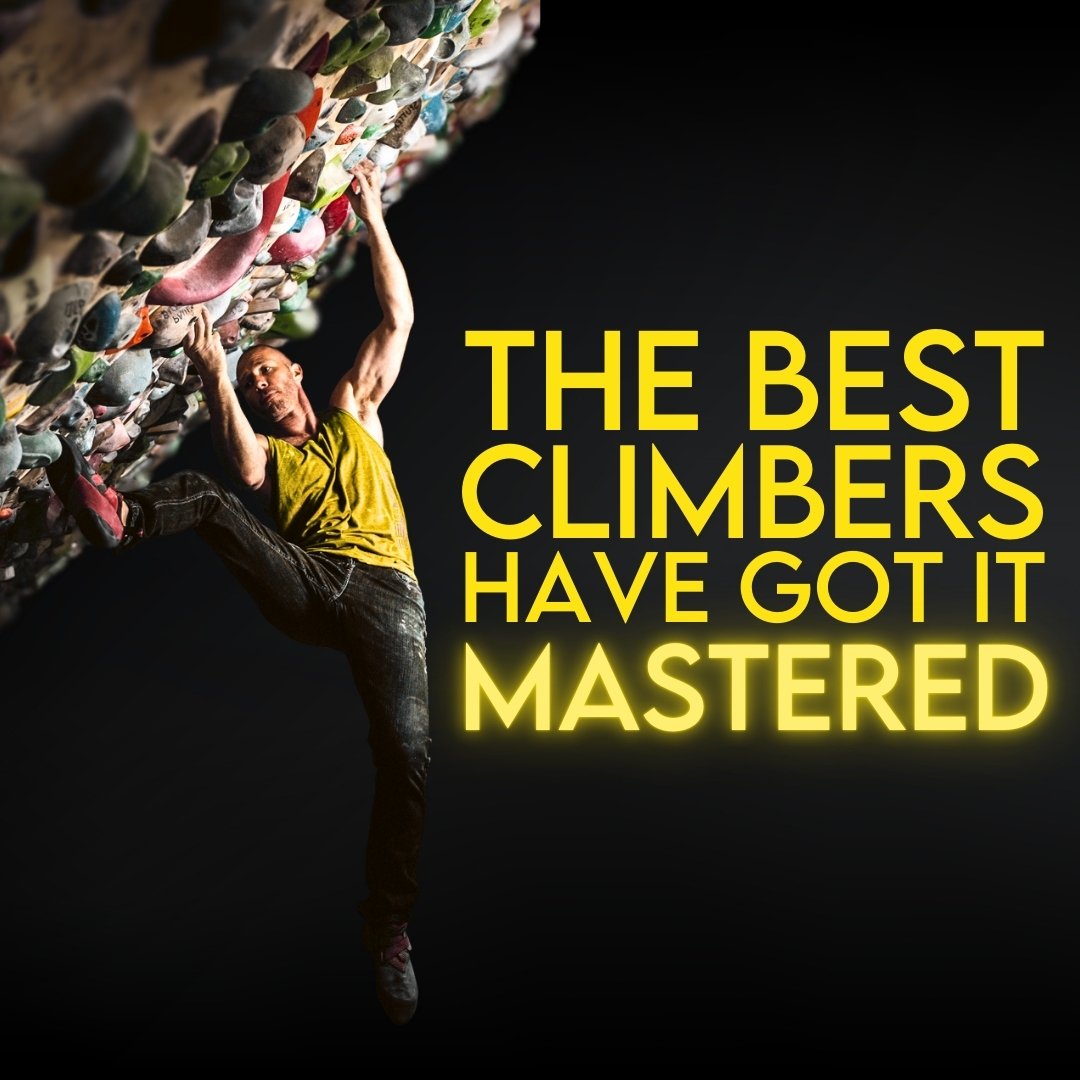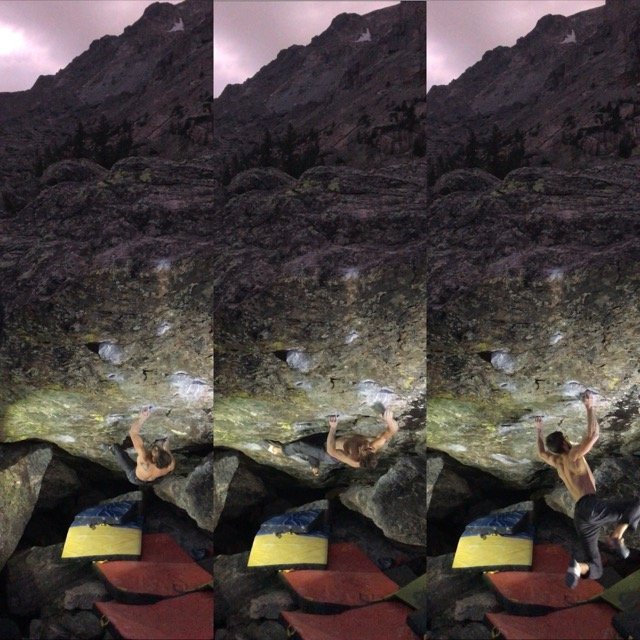Ten Minutes to Trying Harder
One of the most important factors in climbing harder is using great tactics. Unfortunately, more isn’t always better with tactics. Once you learn the power of good tactics it can be hard to step away from them. We can get stuck in a nearly endless cycle of wanting to do bigger links, trying to find better beta, and waiting for better conditions. The more you develop your tactics, the more important it is to know when to hit pause on being strategic and just knuckle down and try really hard.
In our recent podcast episode about when to use Systematic Tactics vs. Battle Mode, we discussed the Ten Minute Takedown drill and how useful it is for developing the ability to swap back and forth between spending our time on tactics vs. focusing on effort.
This drill has been a part of my coaching repertoire for years, and it’s something I’ve seen great results with for people who:
Overthink the process of working out a climb and finding beta.
Skip ahead to giving send go’s too quickly and exhaust themselves trying bad beta.
Have a mental block around how long climbs should take them. They spend more sessions than necessary working things out when they could have just tried harder and sent in one or two days.
People who struggle to perform under pressure because they rarely experience “now or never” moments in climbing.
With how valuable this drill is, I thought it would be helpful to put a video together that walks through what this drill looks and feels like, for anyone interested in incorporating it into their own training.

There is a point at which continuing a tactical approach can slow your climbing gains.
Toe-hooking can seem more like sorcery than other techniques, but you’re probably just going about it the wrong way.
Implementing this one simple thing can result in big performance gains in your climbing, no matter what level you’re at.
Despite being constantly present and often the reason we fail, Rhythm is the most underrated of the Atomic Elements of Climbing Movement.
Long-time friends Nate and Ravioli Biceps discuss lessons they’ve pulled from video gaming that can help inform our climbing.
There’s A LOT of great information out there on how to climb harder. But it’s tough to sort through…
Short climbers are good at getting scrunchy, and tall climbers are good at climbing extended, right? Wrong.
One of the most common places things start to fall apart is at the very beginning of the move.
We know spending time on a finishing link is smart tactics for hard climbs. So why not apply the same concept to individual moves?
Learning when and how to compensate for a weakness is a skill. And skills need to be practiced.
Lowball boulders, while not as proud, can still teach us new movement, new ways to utilize tension, and force us into finding new techniques.
I never thought I’d be recommending this, but some of y’all should be putting less effort into becoming technically better climbers.
Training principles are important, but when they creep into performance, your climbing will suffer. Nearly every time.
We have become collectors of dots. But there’s one major thing that happens when we connect dots that is entirely lost in mass dot collection: critical thinking.
Do you really have terrible willpower? Or are you surrounded by distractions and obstacles?
You have a climbing trip coming up. The rock is different. The style is different. Your pre-trip time is short and the number of days you’ll be climbing, even shorter…
Giving artificially low grades to climbs increases their perceived value for our training and development. The more something is mis-graded the more we naturally want to prioritize it.
Discussion around grades can be so polarizing that many of us avoid the topic.
Climbing starts off as this self-feeding cycle that has you wishing you could climb seven days a week. What happens when this cycle stops bringing improvement though?
Use strength to leverage every other aspect of your climbing, not replace them.
If everything you do is a finger workout, then when do your hands get a chance to recover?
How many times have you gone up a route and felt overwhelmed, only to look back and realize that it’s not as intimidating as it initially seemed?
Are you making these common sport climbing mistakes?
100 Boulders and Mango Tango: Kerry Scott gets after it. Consistently.
Improvement comes from challenges, not from the number they are given. If you focus on being challenged and trying hard, then the numbers will follow.
When you think of a 5.14 climber, a trial lawyer taking work calls on his drive to Idaho is not the first person that comes to mind.



































There’s one often overlooked thing that has the power to positively – or negatively – affect every single day of climbing for the rest of your life.